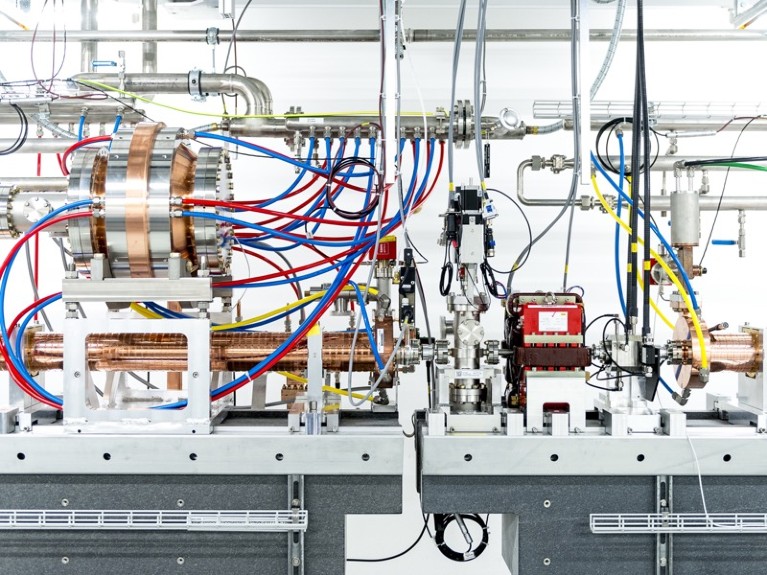- RESEARCH HIGHLIGHT
Peering inside an atom just got cheaper and greener

Some of the innards of the SwissFEL accelerator, which was cheaper to build and more compact than most similar facilities. Credit: Switzerland Global Enterprise
Access options
Access Nature and 54 other Nature Portfolio journals
Get Nature+, our best-value online-access subscription
$29.99 / 30 days
cancel any time
Subscribe to this journal
Receive 51 print issues and online access
$199.00 per year
only $3.90 per issue
Rent or buy this article
Prices vary by article type
from$1.95
to$39.95
Prices may be subject to local taxes which are calculated during checkout
Nature 587, 333 (2020)
doi: https://doi.org/10.1038/d41586-020-03167-7



